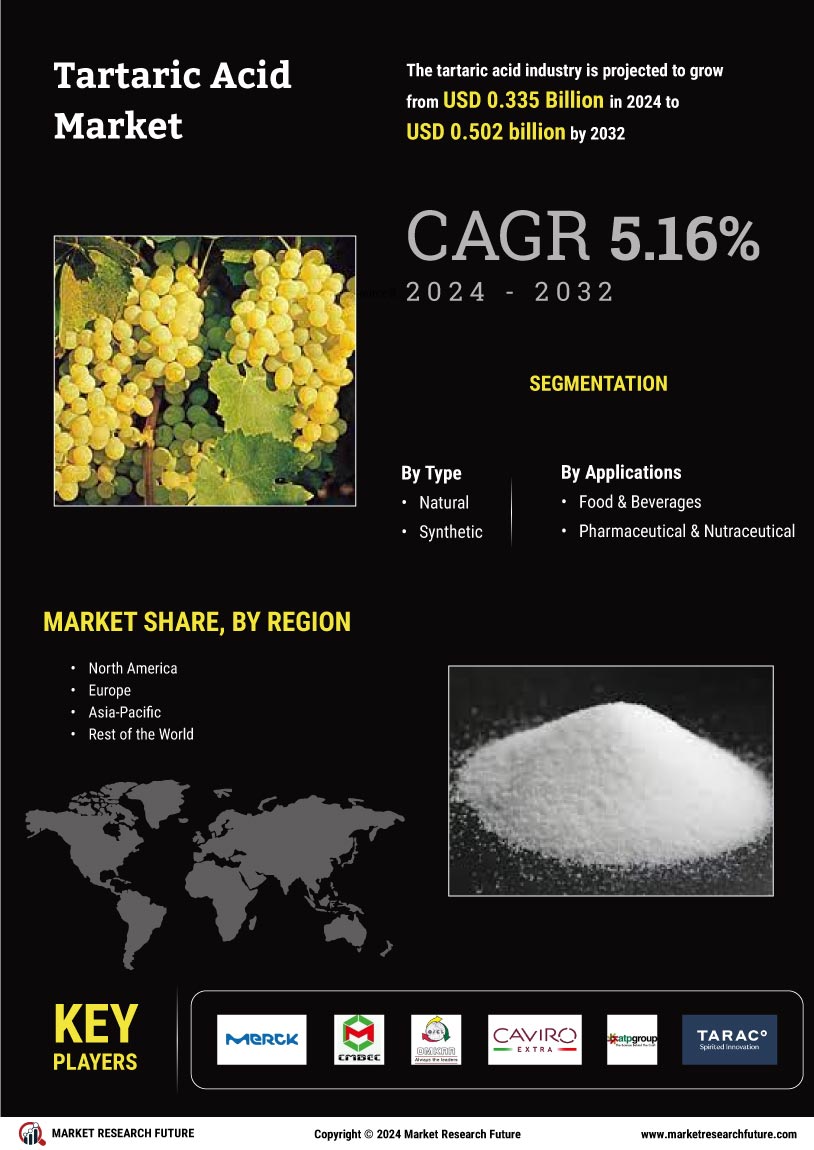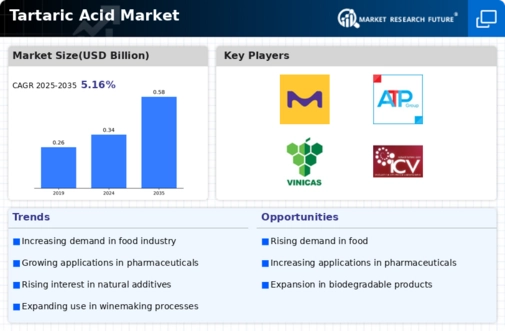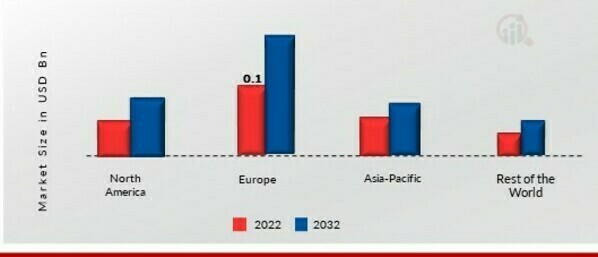Leading market players are investing heavily in research and development in order to expand their product lines, which will help the Tartaric Acid market grow even more. Market participants are also undertaking a variety of strategic activities to expand their footprint, with important market developments including new product launches, contractual agreements, mergers and acquisitions, higher investments, and collaboration with other organizations. To expand and survive in a more competitive and rising market climate, the Tartaric Acid industry must offer cost-effective items.
Manufacturing locally to minimize operational costs is one of the key business tactics used by manufacturers in the Tartaric Acid industry to benefit clients and increase the market sector. In recent years, the Tartaric Acid industry has offered some of the most significant advantages to the food & beverage, and pharmaceutical industries.
Major players in the Tartaric Acid market, including Anhui Hailan Bio-technology Co., ltd. (China), Merck KGaA (Germany), Changmao Biochemical Engineering Company Limited (China), Omkar Specialty Chemicals Ltd (India), CaviroExtra S.p.a (Italy), ATPGroup (Indonesia), Tarac Technologies Pty Ltd (Australia), Distillerie Mazzari S.p.A. (Italy), Distillerie Bonollo S.p.A. (Italy), Vinicas (Brazil), Tártaros Gonzalo Castelló (Spain), Alvinesa Natural Ingredients S.A.U. (Spain), AUSTRALIAN TARTARIC PRODUCTS (Australia), Industria Chimica Valenzana I.C.V. SpA (Italy), and others are attempting to increase market demand by investing in research and development operations.
Alvinesa Natural Ingredients, which is a pacer in circular economy agriculture, announced the possession of cades Penedes, the top Catalan producer of sustainable ingredients derived from grapes. The business is headquartered in Penedes, which is one of Spain's top wine-producing region and one of the best continent's oldest viticultural centers. Alvinesa offers a large variety of natural products derived from wine grape pomace, consisting of organic goods that are used in food &beverage, nutrition, animal nutrition, and winemaking industries.
The product line provides a large range of polyphenols (Micronutrients with antioxidant activity), colors (anthocyanins), natural tartaric acid, grapeseed oil, and alcohol. The Alvinesa Natural Ingredients teams are impassioned about grapes and wine and provide natural, sustainable, and local Grape solutions.
ATP Group was established as a family business in 1991 and is now a leading supplier to the wine, beer, food, and pharmaceutical market. It provides a wide range of high-quality products and services that includes winemaking & cellar products and brewery supplies, glassware, production equipment, parts and servicing, mobile filtration, tartaric acid, and Rochelle salt. It steam includes industry veteran, engineers, cellar masters, and product specialist who gives technical expertise in their respective fields. The company is located and provides customers in the US, Canada, and Mexico.














